Until Dawn has all the cheesy cliches of a teen horror movie but manages to subvert almost every single one. Nothing is as it appears and player choices can take this interactive drama from typical to unusual, forcing the "mean girl" to make smart choices or the "dumb jock" to show his empathetic side.
Each and every choice a player makes during Until Dawn impacts the ending and who survives. The varied options mean players have a different and unique playthrough every time they restart the game.
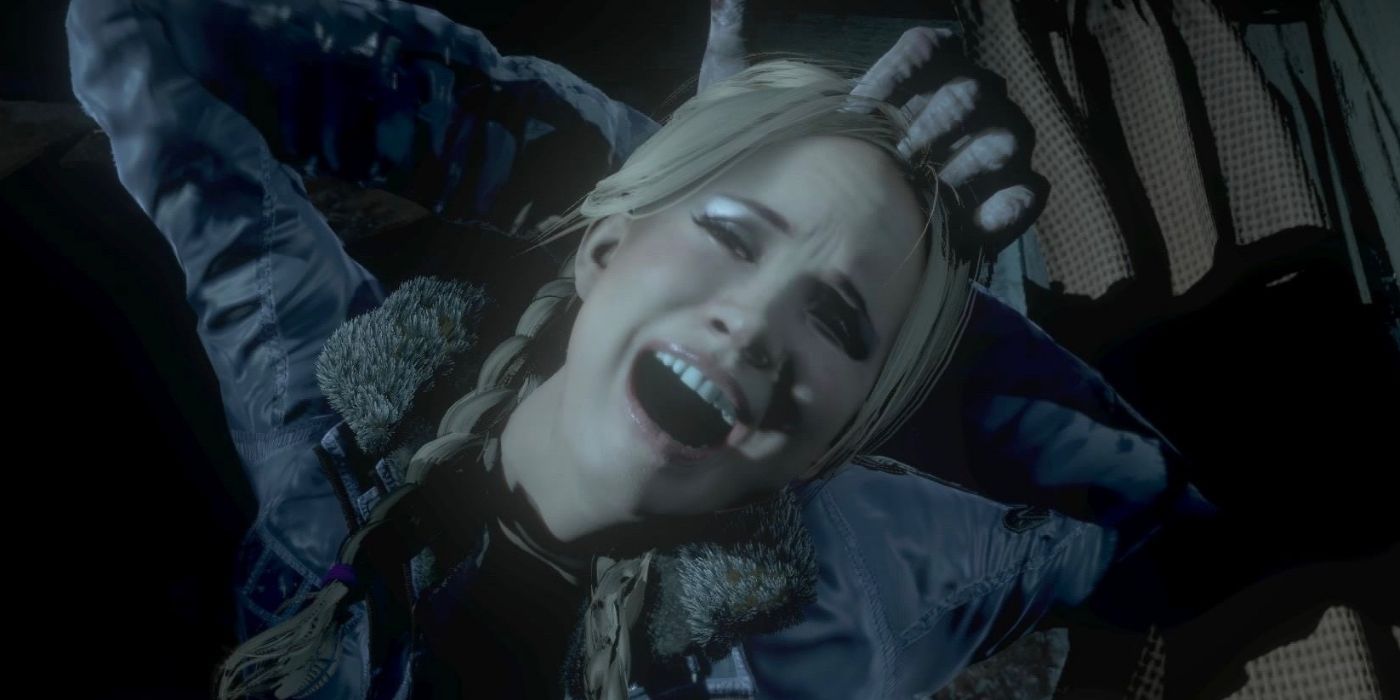
Until Dawn has a strict and rigid auto-save system that kicks in after every single player choice. This prevents players from changing their minds and trying to cancel out mistakes that result in a character's death.
This extra detail adds tension to playthroughs as all choices are final. There are no save files for Until Dawn, just the option to continue or start afresh on the menu screen. As a result, players are forced to stick with their decisions, whether happy with them or not.
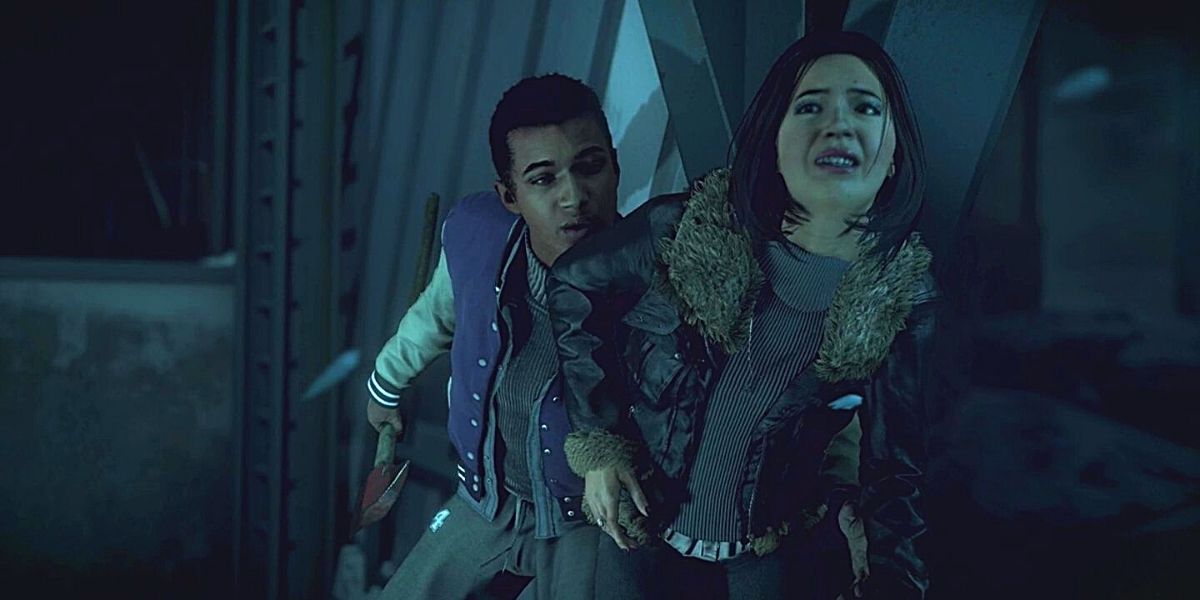
Those who pre-ordered Until Dawn received additional DLC, The Road Not Taken, that gives extra context to Matt and Emily's relationship. The DLC received mixed-to-negative reviews, with most calling it padding or claiming all Supermassive Games did was remove a piece of the main game to use as a pre-order incentive.
Either way, unless the player is particularly into Emily and Matt's relationship, they're not missing much. The Road Not Taken is set when the couple goes to look for Emily's bag and mainly just consists of relationship talk between the two characters.
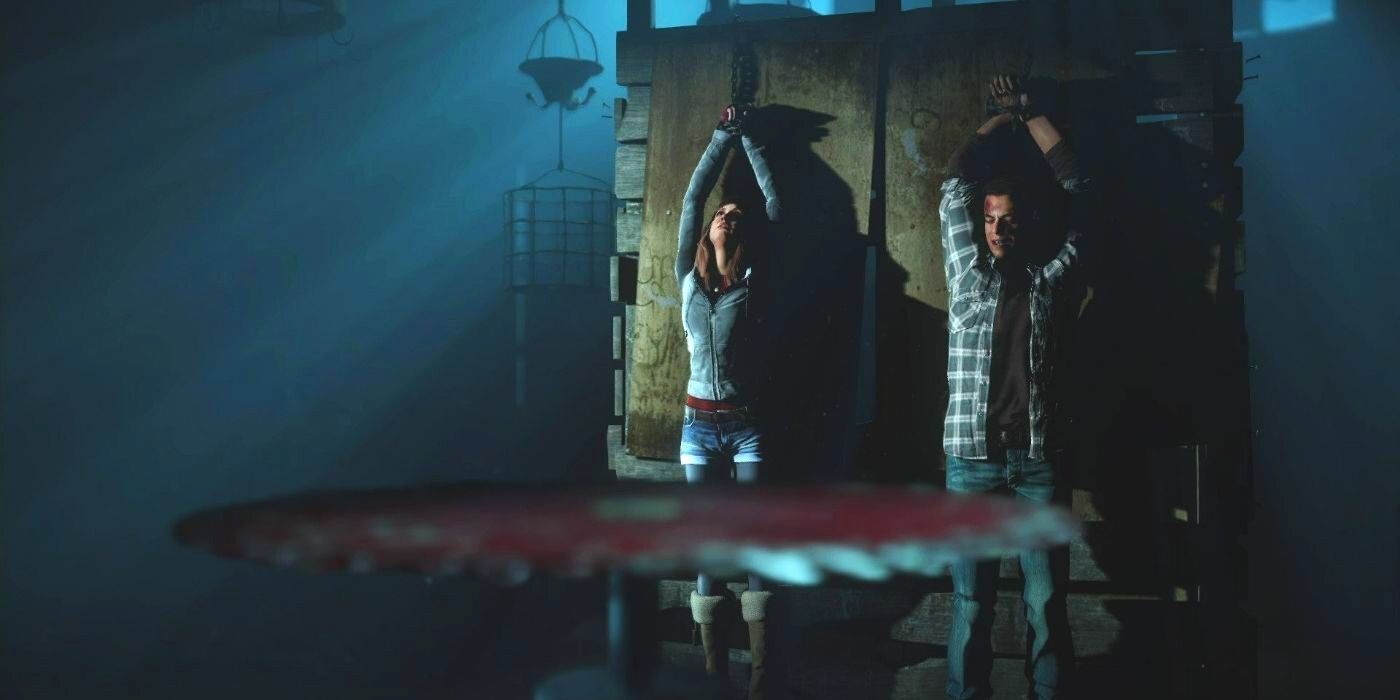
One of the most fun parts of Until Dawn is the brutal, gory, and varied ways the eight characters can die. Some of the more disturbing deaths include Josh being torn in two, a Wendigo piercing through Ashley's eyes into her skull, and Emily falling into an ore grinder.
This was apparently too much for some audiences, and in the Japanese release of Until Dawn, the gory and bloody deaths are censored by the screen simply going black during those key moments.

Until Dawn was initially intended to be a PlayStation Move exclusive. When Supermassive Games began developing Until Dawn it was for the PS3, and in lieu of the Dualshock 4, they taped two Move controllers together to work on the mechanics.
In 2012, before the direction of the game changed, the developers explained the idea was for players to control the onscreen flashlight with the Move controller and use the T button to walk. When the flashlight wasn't in use, the goal was for the controller to move as an extension of the player's hand.
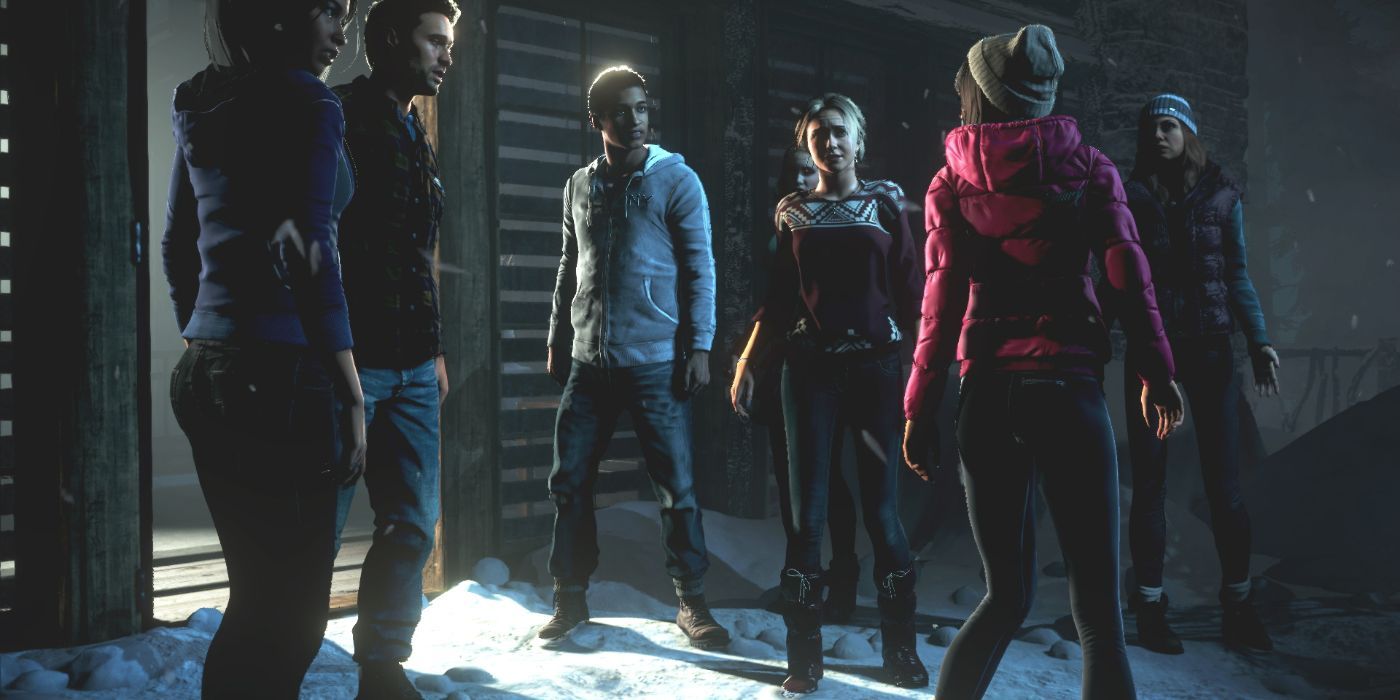
The reason Until Dawn has such high replay value is because of the vast number of scenarios and conversations that can play out. The script was 10,000 pages long to account for every small player choice and shift in conversation or onscreen action.
No two people can play Until Dawn in exactly the same way. Each and every seemingly small move the player makes in the game will impact something - be it a directional change in conversation or something much bigger, like whether a character lives or dies.

At times of heightened emotion or stress, the nervous system responds by collecting moisture under the person's skin. The Galvanic Skin Response Test measures these changes as they occur.
Unlike many newer horrors, Supermassive Games was more interested in the quieter tension-building moments than action sequences for Until Dawn. So, the developer used this technology to establish moments of stress and dread in test players.
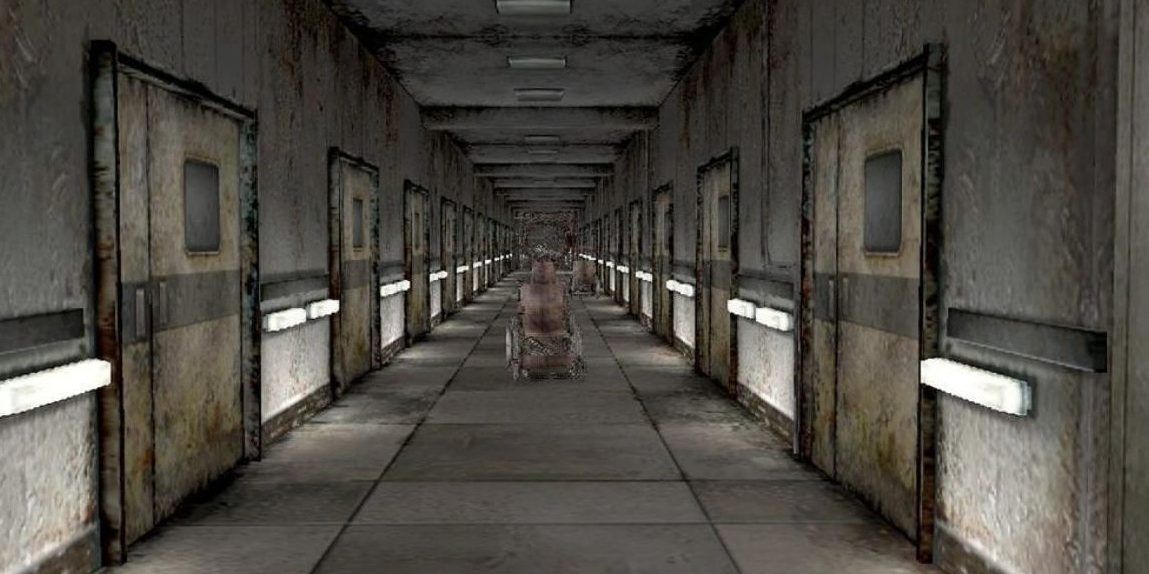
As well as a bunch of classic horror movies, Supermassive Games was heavily inspired by older horror games when creating Until Dawn. They wanted to employ the tension-building elements of classics like Silent Hill and Resident Evil, in particular hoping to recreate the feeling of dread inspired by the long treks through towns and hallways the player endures in Silent Hill.
To achieve the interactive drama element in Until Dawn, the developers looked at earlier decision-making, interactive games, admitting to taking inspiration from Quantic Dream's Heavy Rain, among others.
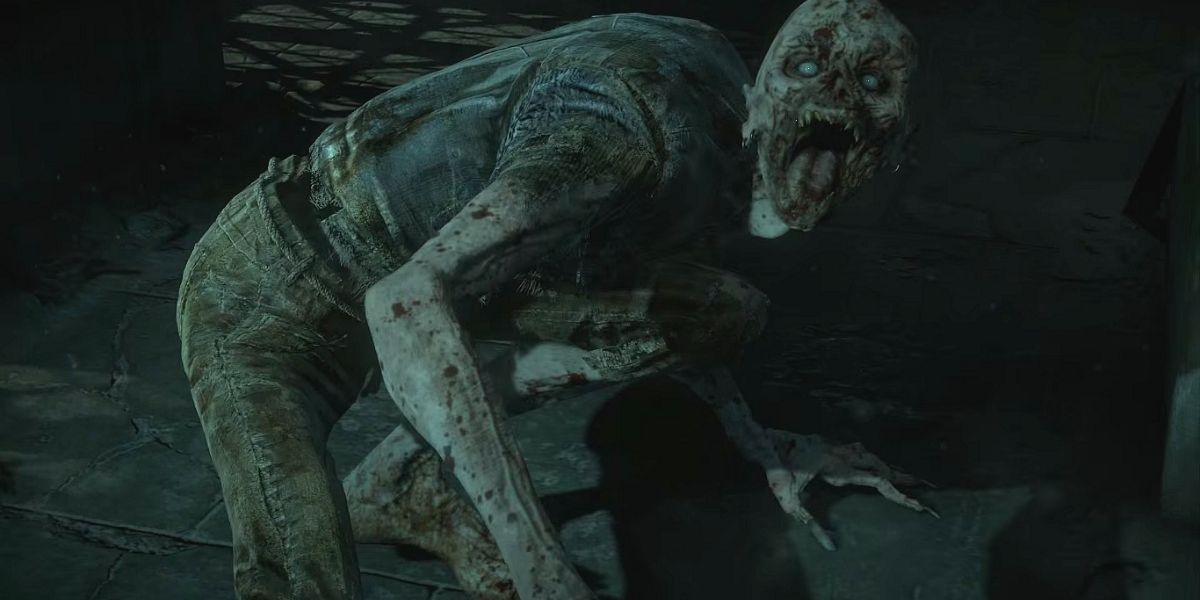
Wendigos are the main antagonists of Until Dawn. Later in the game, players discover Hannah has become a Wendigo after eating Beth's corpse when she's trapped for days in the mine. However, this plot twist might not be as surprising to players familiar with Native American folklore.
In Native American folklore, Wendigos are evil spirits either created from humans with insatiable greed and hunger, or creatures that possess human beings and force cannibalistic desires upon them. It's the former wendigo belief that inspired the creatures in Until Dawn.
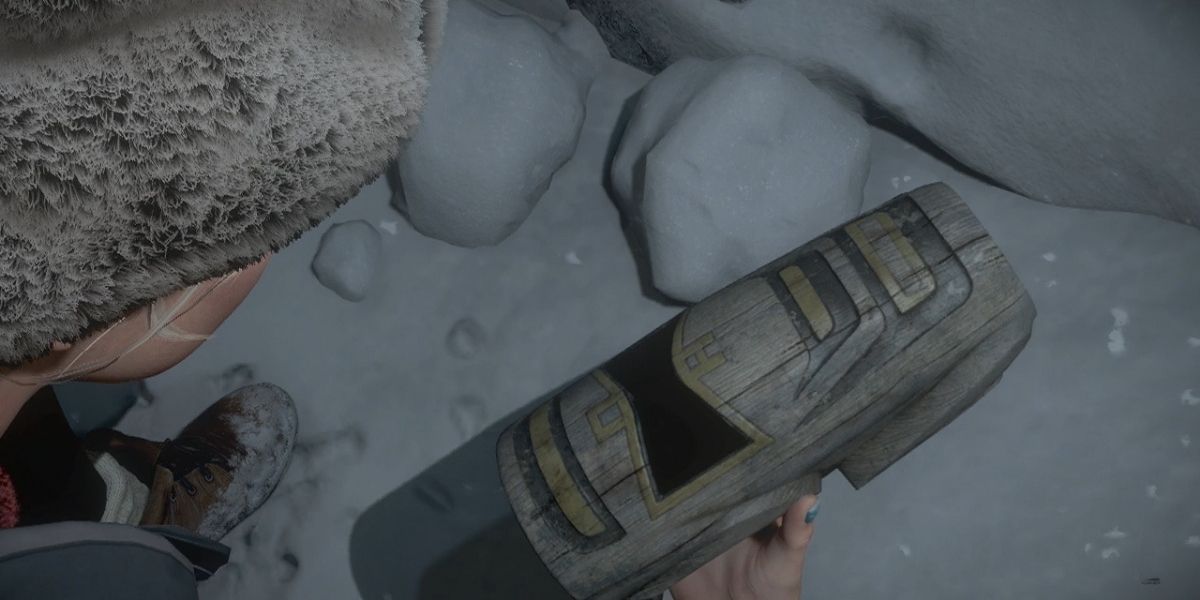
Until Dawn uses different colored totems the player can find along the way to represent moments of guidance, loss, death, danger, and fortune. This idea stemmed from Native American folklore and the belief that totems represent a spirit watching over a group of people.
Each one provides a brief glimpse into potential in-game futures and can either serve as warnings or messages, depending on their color. This is also from Native American folklore, which states prophecies came in the form of differently colored butterflies, with each color signifying a different meaning.
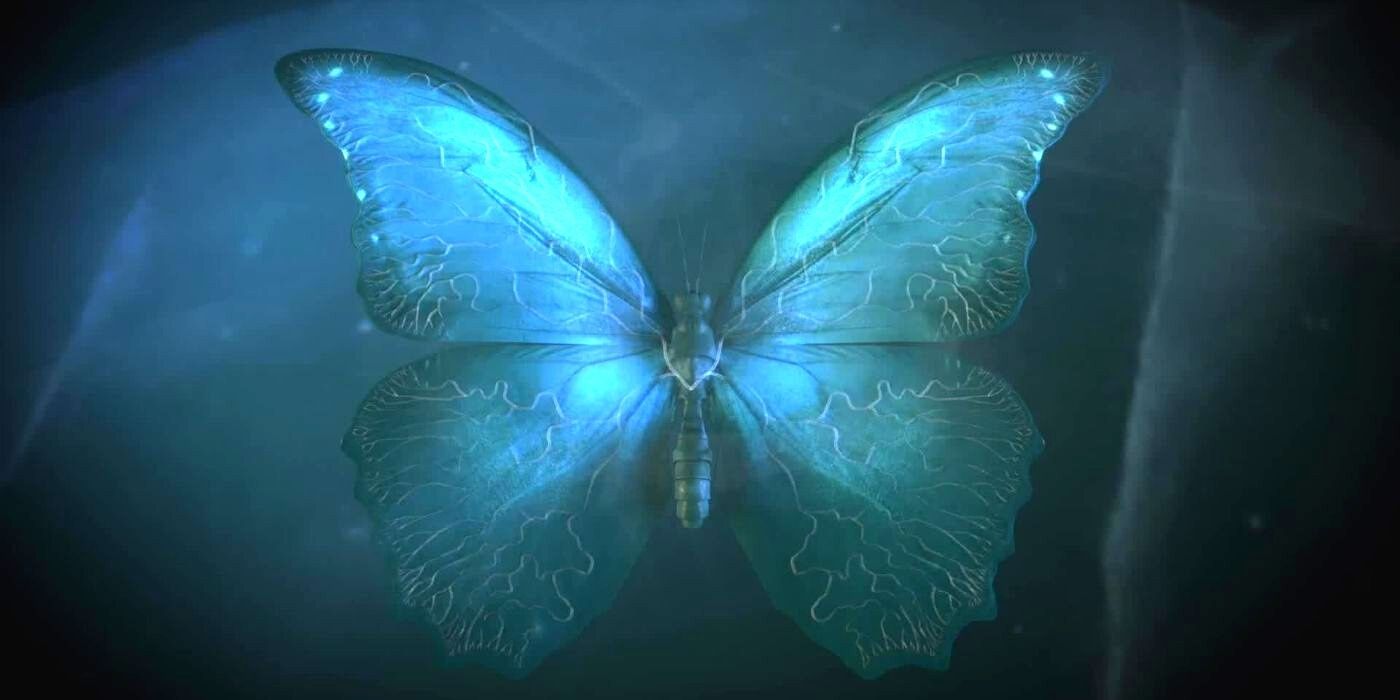
Chaos theory suggests the smallest change can have huge consequences later down the line - this is known as the butterfly effect. Butterflies are used in Until Dawn to represent this idea, building tension by making the player aware that every small decision impacts the overall outcome of the game.
There are 22 possible butterfly effects throughout the game, but it is possible to miss up to five of them depending on choices made during the playthrough. For example, the "once bitten" effect won't trigger if Emily has a way to fend off the Wendigo that bites her.
from ScreenRant - Feed https://ift.tt/3ydcWrW



0 Comments